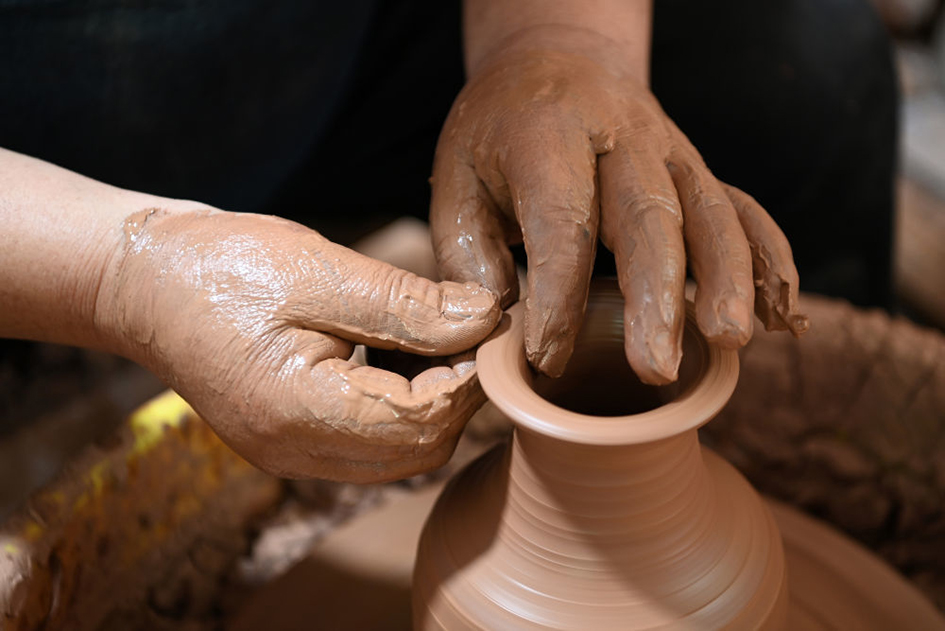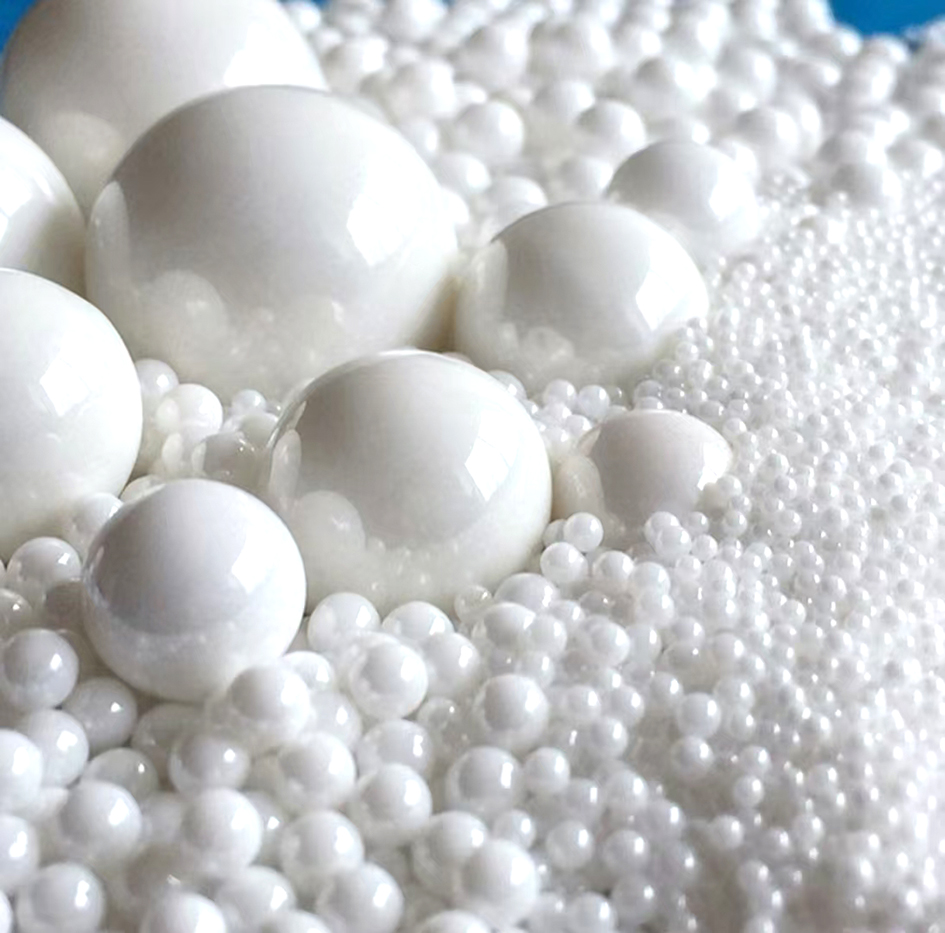
Throughout the long history of human civilization, ceramics have shone like a brilliant pearl, from the pottery jars of the Neolithic Age to the modern precision electronic ceramics, always exuding a unique charm. This ancient craft of firing clay into objects contains astonishing properties that continue to secure its significant place in contemporary society.


The mechanical properties of ceramics can be described as a harmonious blend of rigidity and flexibility. On one hand, ceramics possess remarkable hardness, with most having a hardness level exceeding 1500HV. Notable examples include alumina ceramics and silicon carbide ceramics, whose hardness is comparable to that of diamond. This characteristic makes ceramics an ideal material for cutting tools. In the field of mechanical processing, ceramic tools can efficiently cut metals at high speeds, and their service life far exceeds that of traditional tools. However, ceramics also have a "fragile" side. Their high brittleness means that cracks can rapidly develop upon impact, leading to breakage. Nevertheless, scientists are gradually improving this shortcoming through techniques such as nanocomposites, enhancing the toughness of ceramics while maintaining their high hardness.

In terms of thermal properties, ceramics act as "guardians of high temperatures." With melting points generally above 2000℃, zirconia ceramics can remain stable at temperatures as high as 1800℃. This makes them suitable for manufacturing high-temperature components in aero-engines, where they can withstand extreme temperatures to ensure stable engine operation. Additionally, ceramics have excellent thermal insulation properties, with thermal conductivity much lower than that of metals. They are commonly used as linings in kilns to effectively reduce heat loss and improve energy efficiency. Moreover, their low coefficient of linear expansion allows ceramics to maintain good dimensional stability even under severe temperature changes, which is crucial for precision ceramic components.


In terms of chemical properties, ceramics are "warriors of corrosion resistance." In the chemical industry, ceramic-lined reactors can withstand the erosion of strong acids and alkalis. In fields such as pharmaceuticals and food processing, where hygiene and safety are of utmost importance, ceramic containers, with their high chemical stability, do not react with the stored substances, ensuring product quality and safety. Even in humid and high-salinity environments like coastal areas, ceramic pipes can be used for extended periods without being easily corroded.
In the realm of electrical properties, ceramics play multiple roles. Ordinary ceramics, with their excellent insulating properties, are essential components of electrical equipment such as insulators and insulating bushings, ensuring the safe operation of power systems. Special ceramics like ferroelectric ceramics and piezoelectric ceramics possess unique electrical characteristics. Ferroelectric ceramics, with their high dielectric constant, are core materials for manufacturing high-performance capacitors. Piezoelectric ceramics can convert electrical energy into mechanical energy and vice versa, and are widely used in devices such as ultrasonic sensors and inkjet printer nozzles.
Optical properties of ceramics endow it with a "dreamlike hue." Transparent ceramics have shattered the conventional perception of ceramics. Not only are they highly transparent, but they can also withstand high temperatures and pressures. For example, transparent alumina ceramics can be used to make high-pressure sodium lamp tubes, ensuring both high luminous efficiency and extended service life. In the field of optical communications, ceramic-based optical fibers, with their superior optical properties, have enabled high-speed, high-capacity data transmission.


In addition to the aforementioned properties, ceramics also feature an abundance of raw materials, good environmental friendliness, and excellent biocompatibility. Traditional ceramics are made from natural materials such as clay, which are widely available. When it comes to waste disposal, ceramic materials are environmentally benign. In the biomedical field, hydroxyapatite ceramics, with their similarity to human bone composition, can be used to manufacture artificial joints and dental restorations, helping patients regain their health.
From practical industrial materials to exquisite works of art, ceramics continue to expand their range of applications due to their unique characteristics. With the advancement of technology, ceramic materials continue to be innovated. In the future, they are sure to shine in even more fields, bringing more surprises to human life.